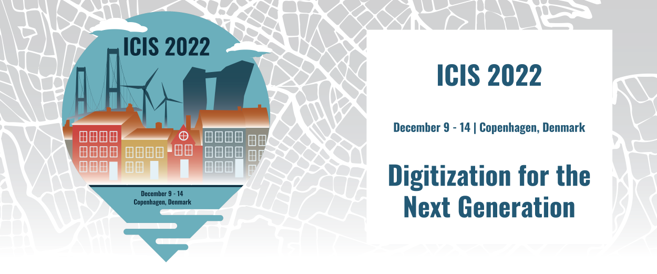Loading...
Paper Number
1721
Paper Type
Complete
Description
The rapid development of FinTech drives the growing popularity of digital payment transactions. This phenomenon, especially given the increasing number of offline and online transactions being recorded in a real-time manner, offers great opportunities for financial service platforms to track consumers’ consumption tendencies and dynamically monitor and evaluate their creditworthiness. In our recent research, we first theorized the value of category-level consumption tendency based on the self-regulatory theory and employed econometric methods to empirically test the relationship between category-level consumption tendency and credit behavior. Then, we proposed a Deep Hierarchical Partial Attention-based Model (DHPAM) to predict credit default risk with full employment of product category features. We provided strong experimental evidence to show that the proposed DHPAM outperforms the state-of-the-art machine learning models. This paper, based on theories, empirical analyses, and a prediction model, offers comprehensive and practical guidance on the optimal utilization of consumption information in credit risk management.
Recommended Citation
Li, Wenwen; Wu, Yue; Zhang, Yingjie; Lu, Tian; Sun, Yiheng; and Zheng, Xuehao, "Insights from Niche Markets: Explainable and Predictive Values of Consumption Tendency on Credit Risks" (2022). ICIS 2022 Proceedings. 4.
https://aisel.aisnet.org/icis2022/data_analytics/data_analytics/4
Insights from Niche Markets: Explainable and Predictive Values of Consumption Tendency on Credit Risks
The rapid development of FinTech drives the growing popularity of digital payment transactions. This phenomenon, especially given the increasing number of offline and online transactions being recorded in a real-time manner, offers great opportunities for financial service platforms to track consumers’ consumption tendencies and dynamically monitor and evaluate their creditworthiness. In our recent research, we first theorized the value of category-level consumption tendency based on the self-regulatory theory and employed econometric methods to empirically test the relationship between category-level consumption tendency and credit behavior. Then, we proposed a Deep Hierarchical Partial Attention-based Model (DHPAM) to predict credit default risk with full employment of product category features. We provided strong experimental evidence to show that the proposed DHPAM outperforms the state-of-the-art machine learning models. This paper, based on theories, empirical analyses, and a prediction model, offers comprehensive and practical guidance on the optimal utilization of consumption information in credit risk management.
When commenting on articles, please be friendly, welcoming, respectful and abide by the AIS eLibrary Discussion Thread Code of Conduct posted here.




Comments
13-DataAnalytics